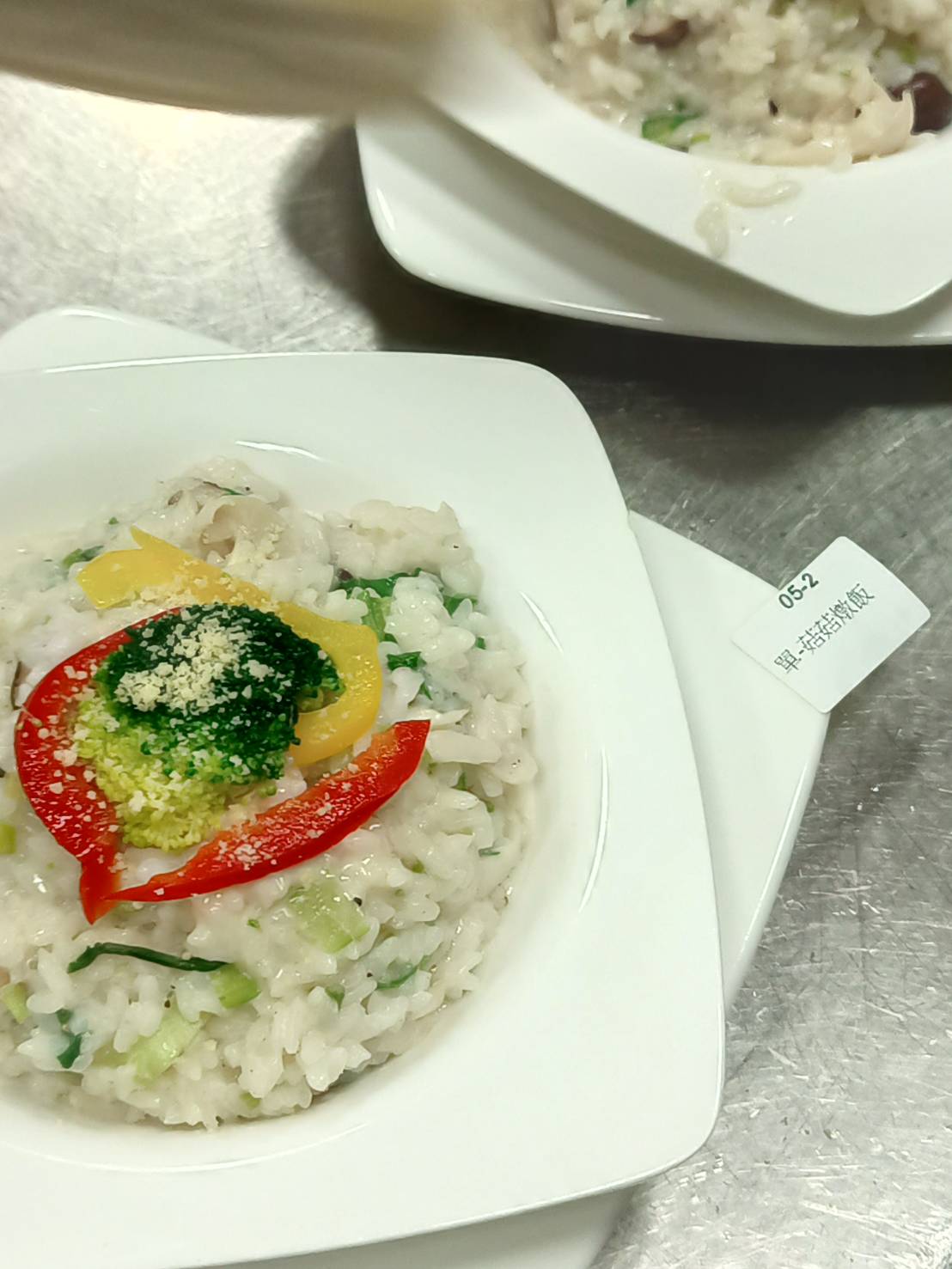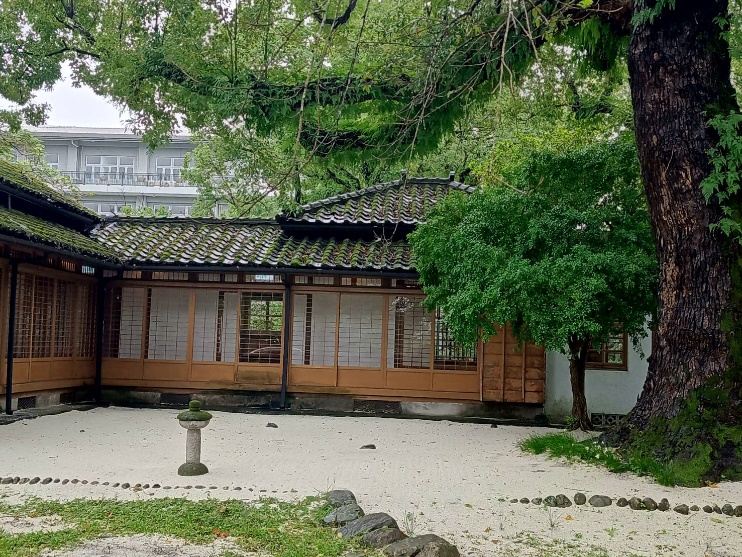View count:
240
example 3 of Student Report
Fifteen Hours of Altruistic Practice
Chris
Chris
I began my 15 hours of altruistic practice the day after I arrived here in Fo Guang University. I chose to volunteer in the lower teahouse because I have a Filipino friend who works there, and she is also a student of FGU.
Volunteering in the teahouse was both a challenge and a learning experience for me. It is because the people who work in the teahouse don’t speak English, and the Menu and orders are all in Chinese. At first, I struggled from familiarizing the Chinese characters in the menu and the appropriate plate for each order. Often, I also forget some ingredients in certain dishes, and I have to ask from time to time. But later, I was able to remember the tasks that I needed to accomplish. It did not only help me learn and improve my cooking skills but also enhanced my Mandarin.
Working in a completely new environment is challenging not only because it is a new experience to undertake but mostly because of the language barrier. There is always a communication gap due to language barriers and it’s very crucial in a working environment. But I am grateful that the people who work in the teahouse are kind and understanding.
I have spent more than 20 hours doing voluntary work and at the end, my hard work and altruistic intention paid off. I was able to continue my job in the teahouse not as a volunteer but a part-time worker. Of course, my intention of volunteering in the teahouse was not based on the virtue of merits and Karma but purely altruistic practice. For me, volunteerism is another way of building connections and affinity to others. Giving, be it in material possessions, kind words, or efforts, must be done with the purest intention without expecting anything in return. This is the true essence of giving or altruism for me.
From time to time, I still go to the teahouse to volunteer whenever Shifu needs my help during my free time. Also, she gave me an opportunity to have a part-time job in the teahouse.
Knowing the Culture of Taiwan Through Visiting Museums
Friday-November 8, 2024, me and my other friends visited two museums in Yilan together to explore and learn more about the Taiwanese people and their culture. Such a visit to the museum was a meaningful encounter, offering us a glimpse of the profound, diverse, and rich cultural heritage of Taiwan. I was struck by the sense of familiarity of the history, traditional culture and heritage of Taiwan through seeing the various artifacts, craftmanship, and traditional tools which are very similar to the Philippines. As I encountered different exhibits while walking through the halls, I felt the pride of belongingness as the evocative display of creative arts reminded me of how deeply connected we are as human beings.
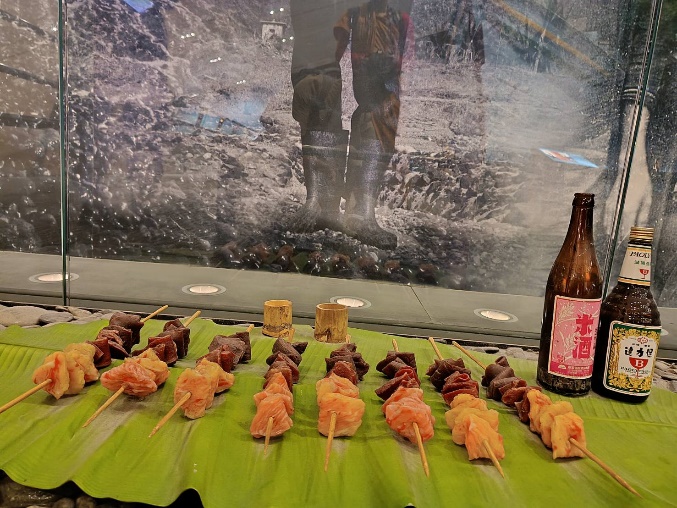
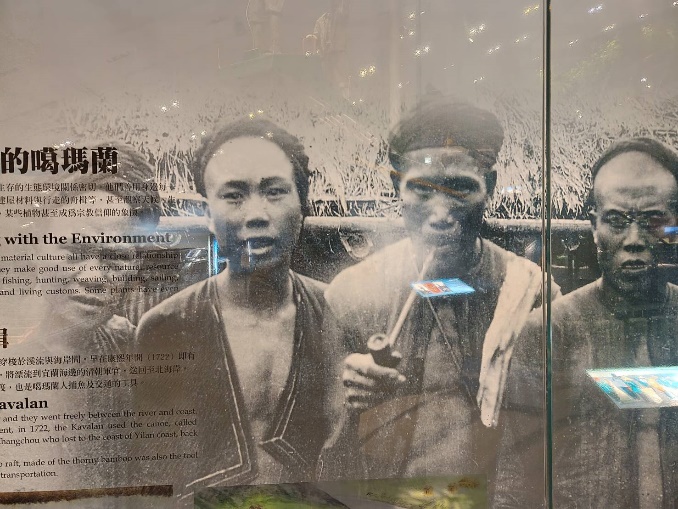
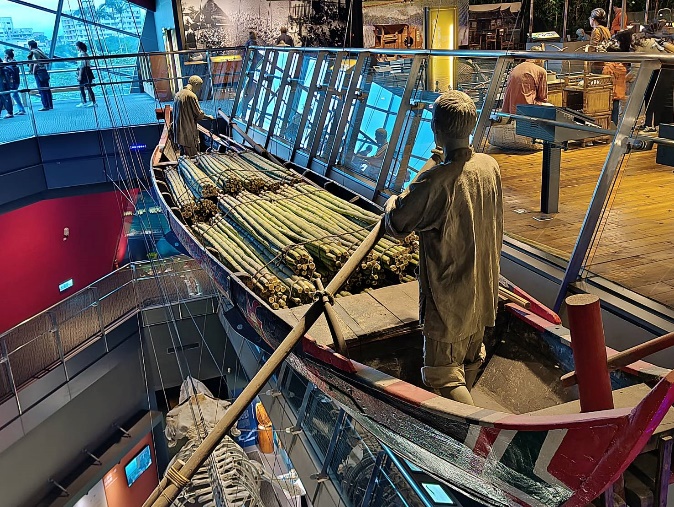
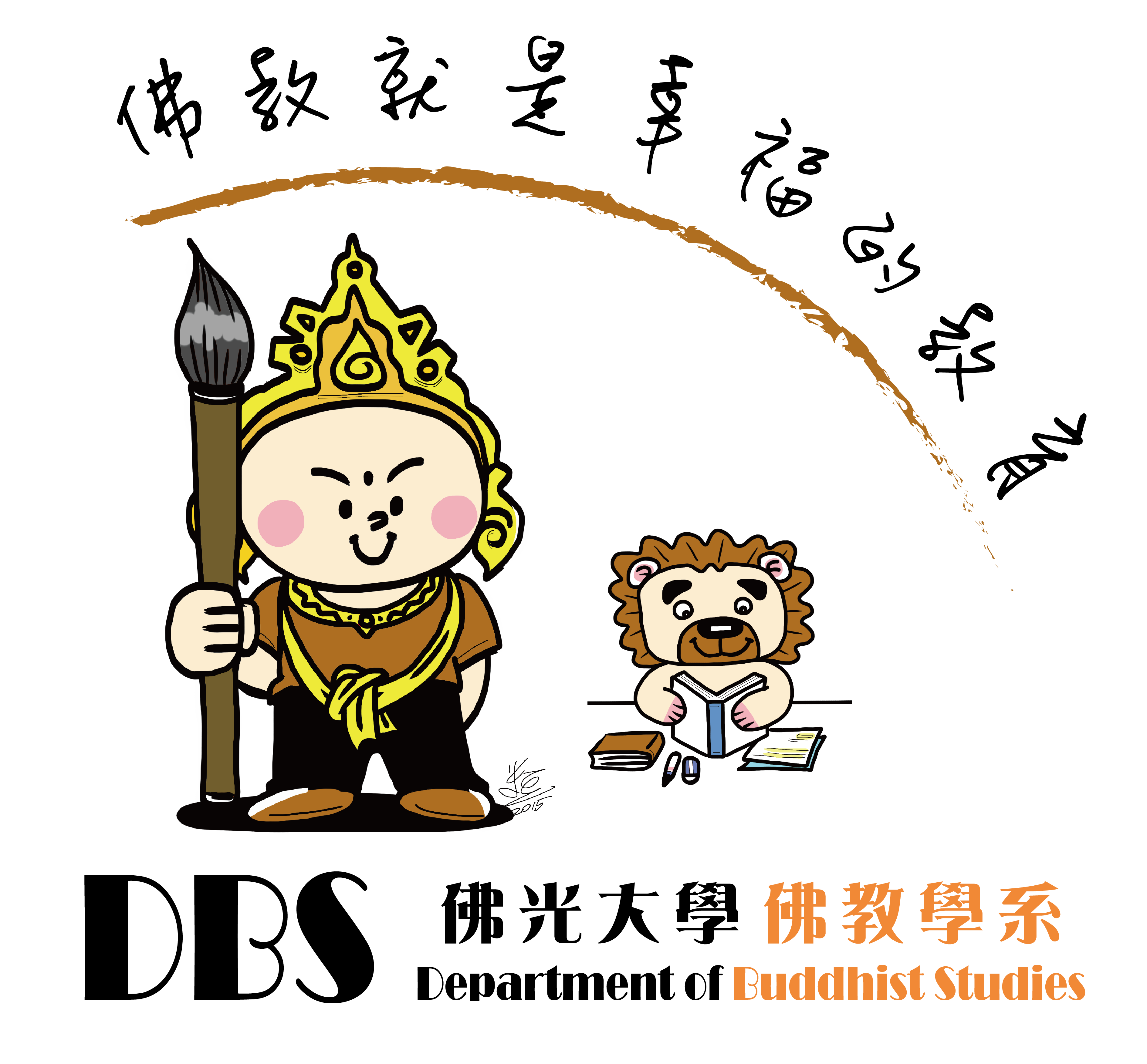
 College and Department of Buddhist Studies, FGU
College and Department of Buddhist Studies, FGU
